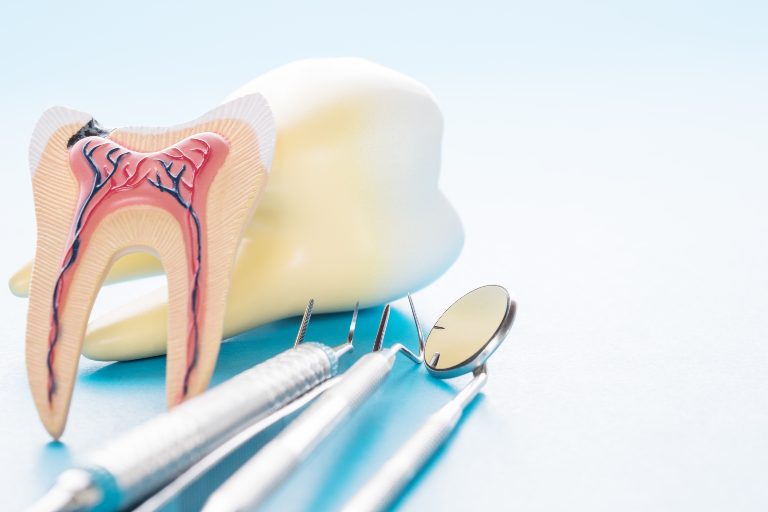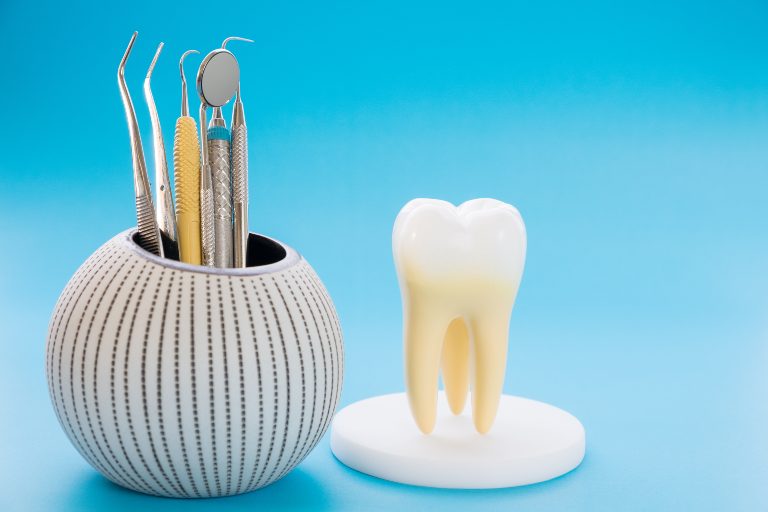Root canal therapy is never a pleasant experience especially not when coupled with root canal complications that can arise when your tooth is subject to large amounts of decay. There are several things to keep your eye out for that can help you keep your teeth healthy and in good shape.
Naturally, general oral hygiene is a very important part of preventing tooth decay. Brushing your teeth twice a day and flossing daily to keep particles of food from getting stuck in your gums are some very basic ways to keep your teeth clean and healthy and help you avoid having to go in for root canal therapy altogether.
In this article, we’re going to take a look at the symptoms that lead up to cavities and tooth decay which are indicators that you need to get root canal therapy as soon as possible.
Here are a few signs that indicate that you need to get your teeth looked at by a dentist and possibly get root canal therapy.
If you’ve noticed any of these symptoms then it’s essential that you visit your dentist as soon as possible and get your teeth looked at to see if it’s something serious that needs to be taken care of.

Getting root canal therapy may require more than a single session at the dentist’s office. It can be performed by either a dentist or an endodontist. An endodontist specializes in the diagnosis, prevention, and treatment of injuries and diseases of our teeth’ dental pulp. Your dentist will discuss the options with you and inform you as to what the best option is and who is best suited to take care of your specific case.
The first step is taking an X-ray to check for signs of infection in the bone and observe the shape of the root canal. After this step, your dentist or endodontist will apply a local anesthetic to numb the area around your tooth. In many cases, anesthesia isn’t necessary since the nerve is already dead, but the majority of dentists will use an anesthetic anyway to make their patients feel more at ease and relaxed.
After this, your dentist will place a sheet of rubber (called a rubber dam) around the tooth in order to keep the area free of saliva for the duration of the treatment.
A hole will then be drilled in the tooth for access allowing space for the removal of the pulp and bacteria. Sodium hypochlorite or water is periodically used to wash out the debris.
After the tooth gets thoroughly cleaned, it must be sealed. Sometimes it’s done right away, but there will often be a week wait between the cleaning and sealing in order to prevent possible infection. In this case, a temporary filling will be placed on the tooth.
Once at the next appointment, a rubber compound named gutta-percha is used with a sealer paste and put on the root canal of the tooth, and a filling is placed.
And finally, you might need further tooth restoration. If there was extensive decay or other weaknesses, there might be the need for other restorative factors to be placed on the tooth for protection. These things are to be discussed with your own dentist.

Once your root canal therapy is through, you should be relieved of the pains you had. However, during the period of the therapy, it would be best to decrease the minimize chewing.
The tooth might be sensitive after the procedure, namely if there was infection or pain prior to it. For these pains, use over-the-counter pain medication, like Ibuprofen or naproxen. Most patients are back to full functionality the next day.
Root canal treatment is a highly successful procedure, with a success rate of 95%.

